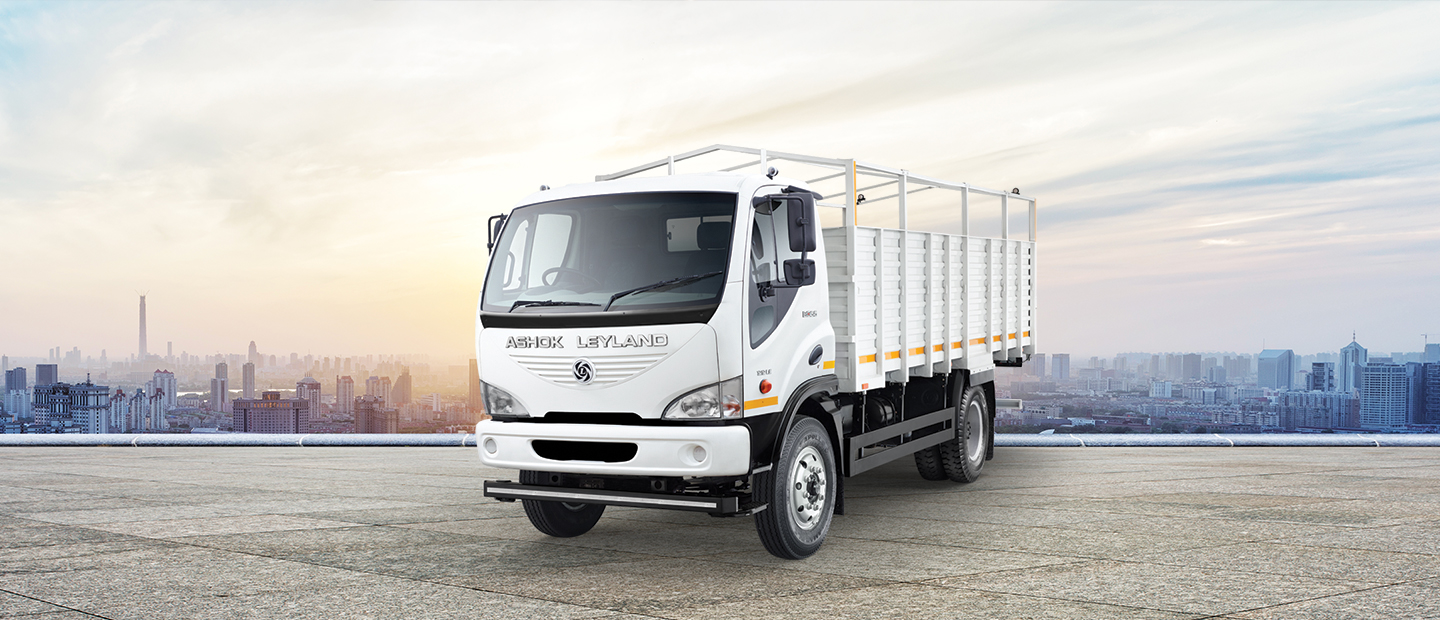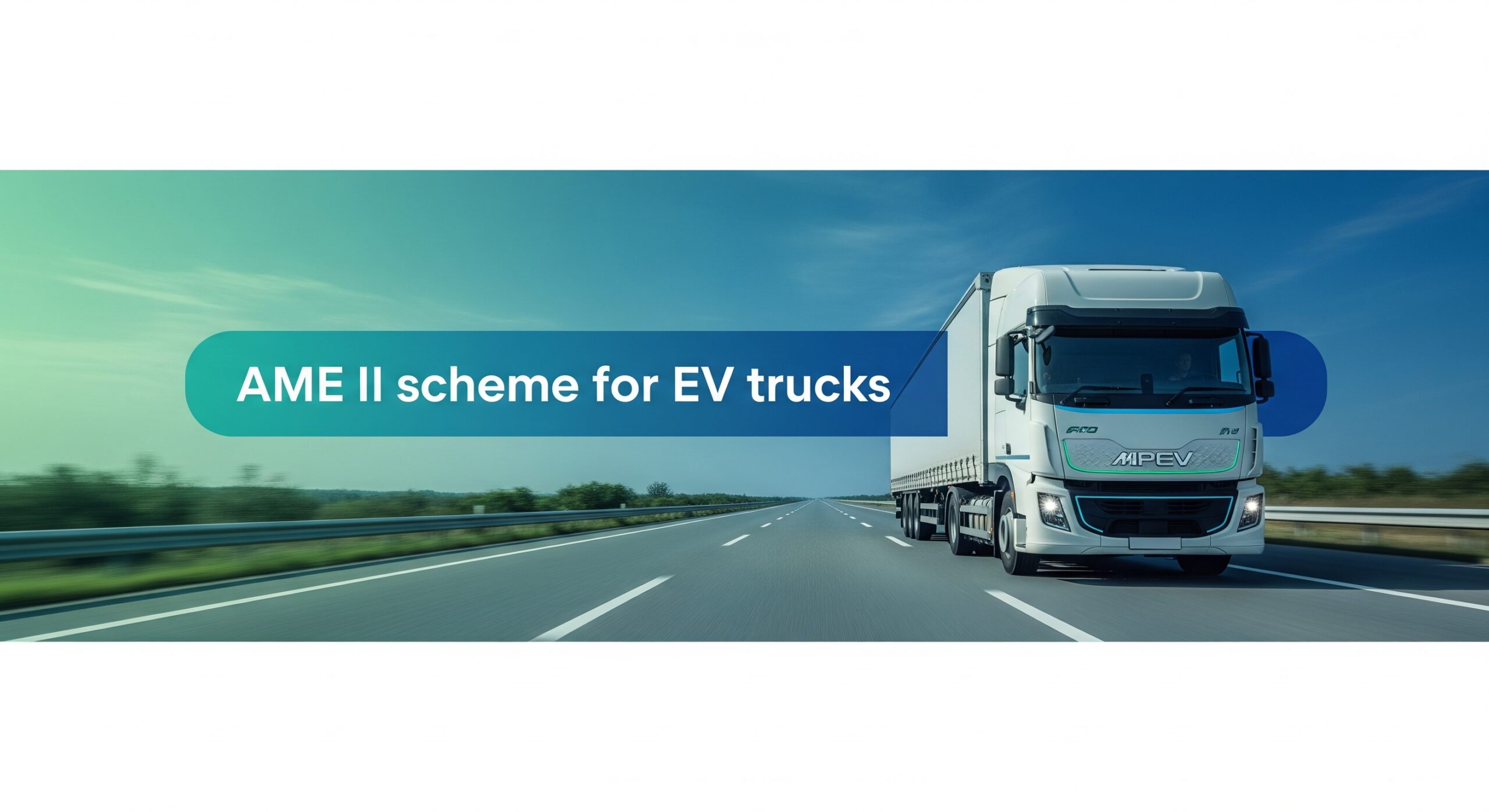Introduction: Why a Truck Driving Licence Is Important in India
India’s commercial transport industry is booming with the rapid shift towards electric trucks, expanding e-commerce logistics, and the push for last-mile delivery solutions. Whether you’re looking to drive a Tata Ace EV, a Mahindra Blazo, or a diesel container truck, you legally need the right type of truck driving licence.
In this guide, you’ll learn how to apply for a truck licence in India, what category you need based on truck type, cost involved, and commonly asked questions by drivers and fleet owners.
🔑 What Is a Truck Driving Licence?
A truck driving licence in India is a type of commercial driving licence (CDL) that authorizes a person to legally operate goods transport vehicles—both electric and fuel-based. This licence is governed by the Ministry of Road Transport and Highways (MoRTH) and issued by the RTO (Regional Transport Office).
🧾 Types of Truck Licences in India
| Licence Type | Vehicle Type | Example Trucks | Suitable For |
|---|---|---|---|
| LMV-NT | Light Motor Vehicles (Non-Transport) | Tata Ace, small EVs (personal use) | Personal |
| LMV-TR | Light Motor Vehicles (Transport) | Tata Ace EV, Mahindra Jeeto, Eicher Pro 2049 | Small commercial |
| LCV | Light Commercial Vehicle | Vehicles under 7.5 tons | Intra-city goods transport |
| HMV / HGV | Heavy Motor Vehicles | Ashok Leyland ecomet, Tata Ultra, Mahindra Furio | Logistics, inter-state transport |
| HPMV | Heavy Passenger or Goods Motor Vehicle | Container trucks, 14-16 wheelers | Long-haul cargo transport |
✅ EV trucks follow the same licence rules as diesel or petrol trucks. Licence category depends on vehicle weight, not fuel type.
📄 Eligibility Criteria for Commercial Truck Licence in India
Before you apply for a truck licence, make sure you meet the following requirements:
-
✅ Age: Minimum 18 years for LMV, 20 years for HMV
-
✅ Education: At least 8th pass (mandatory for HMV)
-
✅ Driving Experience: 1 year of experience with LMV for HMV upgrade
-
✅ Medical Fitness: Medical certificate required
-
✅ ID Proof: Aadhaar Card, PAN, address proof
-
✅ Passport-size photos
📝 How to Apply for a Truck Driving Licence in India (Online & Offline)
💻 Online Application Process (via Parivahan)
-
Go to the Parivahan Portal:
👉 https://parivahan.gov.in/parivahan -
Choose your State and click on “Apply for Driving Licence”.
-
Fill the application form for:
-
Learner’s Licence
-
Permanent Licence (after training)
-
-
Upload documents like Aadhaar, address proof, medical certificate.
-
Pay fees online (₹200–₹500 depending on licence type).
-
Book a test slot for Learner’s Licence.
-
Pass the online LL test (MCQ based, road safety & traffic signs).
-
Undergo truck driving training at RTO-approved school.
-
Book your driving test appointment (for permanent licence).
-
Pass the driving test and receive your commercial truck licence.
🏢 Offline Process (via RTO)
-
Visit the nearest RTO with original documents.
-
Submit Form 2 (LL application) + Form 1A (medical fitness).
-
Pay fees at RTO counter.
-
Schedule test at the counter or via SMS.
-
Complete test and get your licence.
💰 Cost of Truck Driving Licence in India (2025 Updated)
| Service | Cost (Approx.) |
|---|---|
| Learner’s Licence Fee | ₹200 – ₹300 |
| Driving Licence Test Fee | ₹300 – ₹500 |
| Truck Driving Training | ₹4,000 – ₹10,000 |
| Commercial Licence Issuance | ₹200 |
| HMV Badge Endorsement | ₹100 – ₹200 |
| Medical Fitness Test | ₹300 |
💡 Total Estimated Cost: ₹5,000 – ₹12,000
📆 Validity & Renewal of Truck Licence
-
Commercial Licence Validity: 5 years
-
Private/Non-Transport: 20 years or until age 50
-
Renewal Process: Can be done online via Parivahan
-
Documents for Renewal:
-
Old licence
-
Updated medical certificate
-
Renewal application fee (~₹200)
-
⚡ Licence Rules for EV Trucks in India
As of now, there is no separate licence required for electric trucks. You just need the appropriate category based on vehicle GVW (Gross Vehicle Weight).
Examples:
-
Tata Ace EV = LMV-TR
-
Eicher Pro 2055 EV = LCV/HMV (depending on configuration)
-
Tata Ultra T.7 EV = HMV
⚠️ EV truck drivers may benefit from EV-specific training programs, but it’s not yet mandatory.
🏫 Government & Private Training Institutes (Examples)
-
Ashok Leyland Driver Training Institute – Namakkal, Tamil Nadu
-
Tata Motors Driver Training Centres – Maharashtra, Jharkhand
-
Maruti Institute of Driving and Technology Research – Delhi
-
Private options: NESTA, RTO-authorized driving schools
🔍 External Resources You Should Check
🙋 Frequently Asked Questions (FAQs)
Q1. Do I need a different licence to drive an electric truck?
No, the licence depends on truck size/weight, not fuel type.
Q2. Can I drive a Tata Ace EV with my personal LMV licence?
Only if it’s registered for non-commercial use. For commercial delivery, you need LMV-TR.
Q3. How long does it take to get a commercial driving licence in India?
Around 15–30 days, depending on your state and test availability.
Q4. Is the badge (driver ID) mandatory for electric trucks?
Yes, badge or transport endorsement is required for all commercial vehicles.
Q5. Can I upgrade from LMV to HMV without re-applying?
You must apply for an upgrade with 1+ year LMV experience and pass an HMV test.
✅ Conclusion
Getting a truck driving licence in India is a straightforward process if you follow the right steps and know your vehicle type. Whether you’re planning to operate an electric truck fleet, join a logistics company, or become an independent operator, having the correct licence is non-negotiable.
As the demand for EV trucks and clean logistics grows, so will the need for trained and certified commercial drivers. Start now, get trained, and drive the future.
Keywords Targeted: truck driving licence in India, EV truck licence, commercial vehicle licence, LMV licence, HMV licence, how to apply driving licence, truck licence cost India






